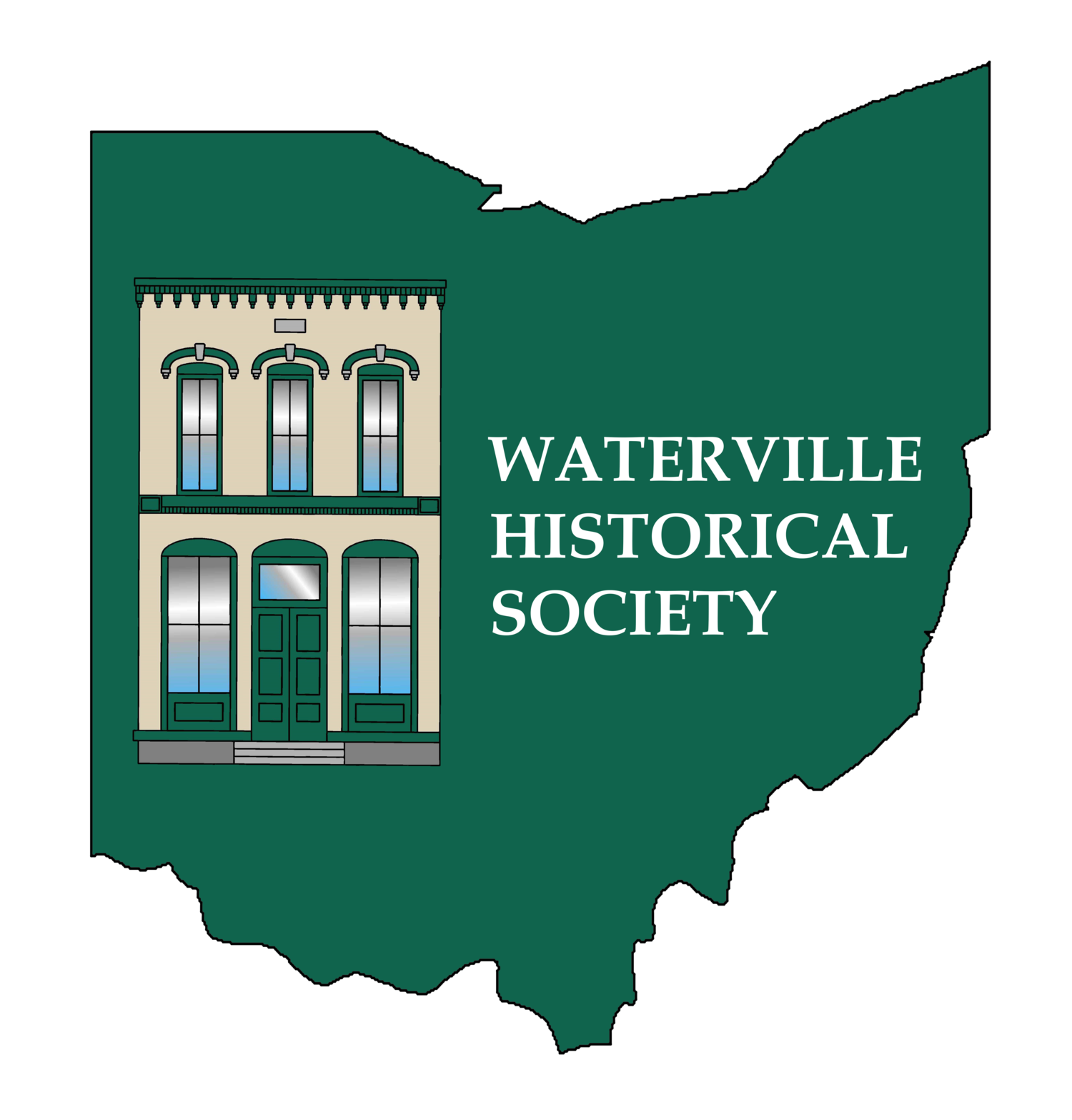Jim Conrad, Historian and Lecturer
Jim Conrad was born in 1947, a time when Waterville boasted a population of about one thousand. His roots in Waterville run deep. Although the first branch of his family did not arrive in Waterville until 1868, by 1871 all branches lived in the Maumee Valley. With a garage owner/fire chief father and a Waterville postal clerk mother, he grew up knowing almost everyone in town. Looking back, he often jokes that he was raised in Mayberry. His love of history was enriched by spending hours in Conrad’s Garage, listening to the stories of Grandpa Conrad and his friends. His dad’s garage was the local hangout for the town’s old-timers, men like Lib Fredericks, George Cunningham, Otto Dose, Pete Fisher and Harry Blauvelt, to name a few. All were born in the nineteenth century and how they loved to reminisce! Jim’s relationships with Waterville school teacher Estella Wreede and local historian Midge Shufelt strengthened his interests.
After graduating from Anthony Wayne, Jim attended Ohio Northern University majoring in elementary education and history and then earned a master’s degree at Bowling Green State University. He taught junior high history for thirty-five years in the Toledo Public School System at Whittier Elementary and DeVeaux Junior High Schools. Several years after retirement, he and his wife, Gayle moved back to Waterville.
Of his continuing interest in local history, Jim writes: “Working with the historical society has helped provide me with an ideal retirement. I get to combine my passions for research, writing, teaching, performing and community service. When asked what my favorite local historical interests are, it is hard to pinpoint one particular era. Native American and French settlement at Roche de Boeuf, pioneer settlement along River Road, the establishment of the village, the Canal Era, the development of the Third Street business district, the effects of the Civil War, the coming of the railroad, the turn of the century, the Great Depression—all are of immense interest to me. As an historian and teacher, my goal has always been to weave a narrative of cause and effect, emphasizing human struggles, emotions and experiences; in other words, to tell the story rather than dwell on isolated factoids.” Jim has become well known as a presenter of programs about Waterville history.
“We are incredibly fortunate to live in an area so rich in significant historical events and lore. River town, canal town, rail town and beyond, Waterville serves up a microcosm of the American Experience.”



